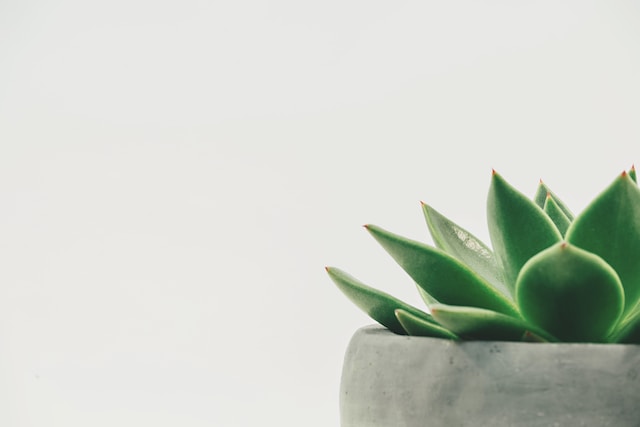Growing plants can be one of the most rewarding hobbies a person can have. Not only does it offer a sense of accomplishment, but it also provides a beautiful addition to any home. However, it is important to understand the environment that a plant thrives in before attempting to grow it. In this blog post, I will share my personal experience with growing a specific plant and provide tips on how to create the ideal environment for it.
The plant I have chosen to discuss is the snake plant, also known as Sansevieria. This plant is known for its ability to purify the air, making it a popular choice for indoor spaces. It is also incredibly easy to care for, making it a great option for beginners.
The first step in creating the ideal environment for a snake plant is to choose the right pot. Snake plants prefer to be in a pot that is slightly snug, so choose a pot that is only slightly larger than the root ball. It is also important to choose a pot with good drainage, as snake plants do not like to sit in water.
Next, it is important to consider the soil. Snake plants prefer a well-draining soil that is slightly acidic. A good option is a mix of potting soil, perlite, and sand. This will provide good drainage while also providing the plant with the nutrients it needs.
When it comes to lighting, snake plants are very adaptable. They can thrive in a range of lighting conditions, from low light to bright, indirect light. However, it is important to avoid direct sunlight as this can burn the leaves.
Temperature is another important factor to consider when growing a snake plant. They prefer temperatures between 60-85°F (15-29°C). It is important to avoid placing the plant in areas with extreme temperature fluctuations, such as near a drafty window or heating vent.
Humidity is not a major concern when it comes to snake plants, as they can adapt to a range of humidity levels. However, it is important to avoid placing the plant in areas with high humidity, such as a bathroom, as this can lead to root rot.
Watering is perhaps the most important aspect of caring for a snake plant. They prefer to be on the dry side, so it is important to only water when the top inch of soil is dry. Overwatering can lead to root rot, which can be fatal to the plant. It is also important to avoid getting water on the leaves, as this can lead to fungal growth.
In terms of fertilization, snake plants do not require a lot of fertilizer. A general-purpose fertilizer can be applied once a month during the growing season (spring and summer). However, it is important to avoid fertilizing during the winter months when the plant is dormant.
In conclusion, growing a snake plant is a great option for anyone looking to add a low-maintenance plant to their home. By following these tips, you can create the ideal environment for your snake plant to thrive. Remember to choose a pot with good drainage, provide well-draining soil, avoid direct sunlight, maintain a consistent temperature, water only when the top inch of soil is dry, and fertilize sparingly. With a little bit of care, your snake plant will provide you with years of beauty and air-purifying benefits.




